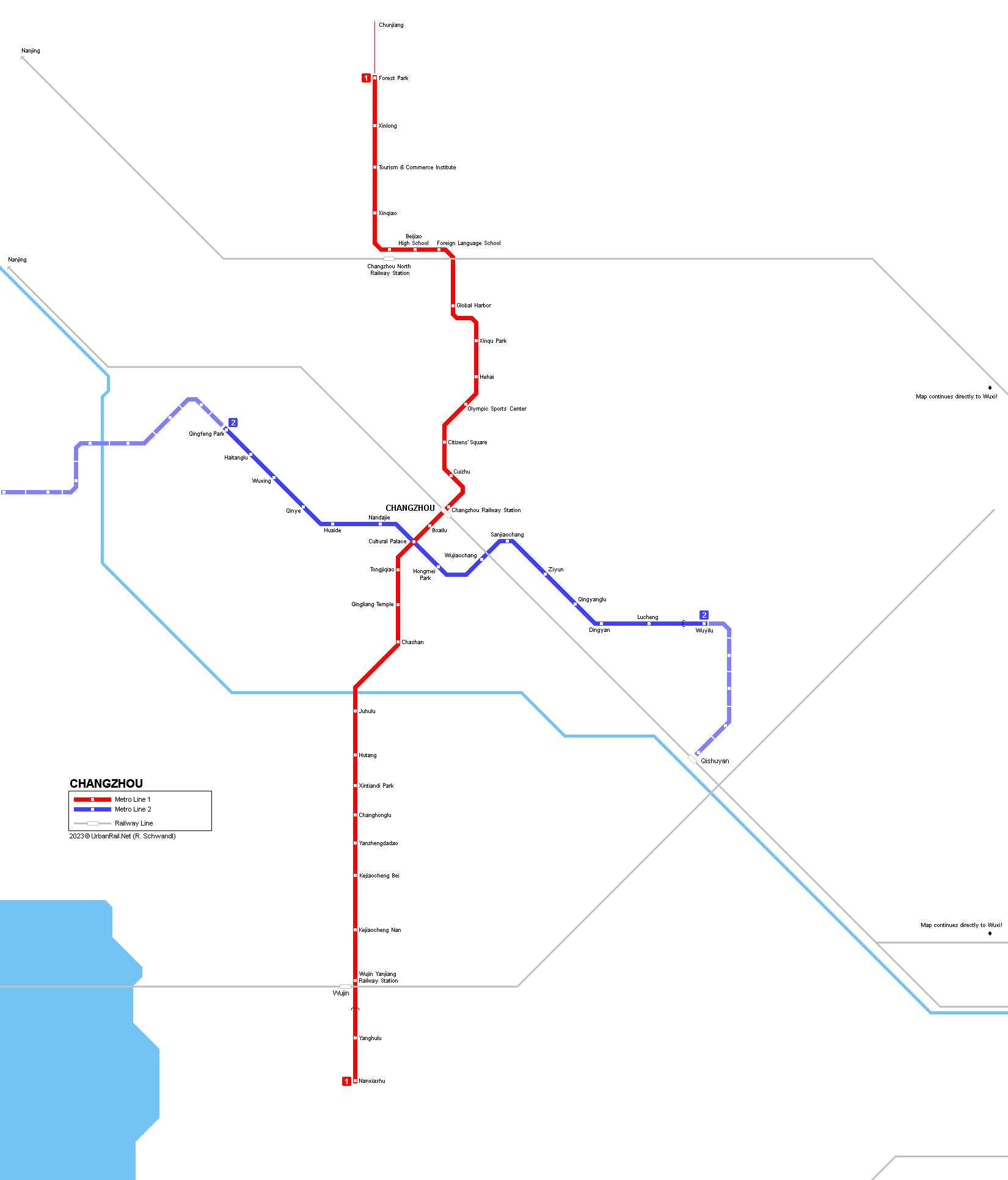
|
[ UrbanRail.Net ] [ Europe ] [ Americas ] [ Asia ] [ Africa ] [ Oceania ] [ News ] [ Books ] [ Links ] [ Blog ] [ Shop ] |
|
CHANGZHOU
|
| Jiangsu - China |

|
METRO
|
|
Changzhou, 3.3 million inhabitants, in the southern Jiangsu province, some 160 km west of Shanghai and 120 km southeast of Nanjing, forms an almost continuously built-up area with neighbouring Wuxi (40 km).
|
| Line 1 |
|
34 km, 30 stations, north-south: 21 Sept 2019: Forest Park - Nanxiashu |
|
|
| Line 2 |
|
19.8 km, 15 stations, east-west line 28 June 2021: Qingfeng Park - Wuyi Lu
|
|
|
|
|
|
Links
|
|
Changzhou Metro (Official Site) Changzhou Metro at Wikipedia
|
|
|
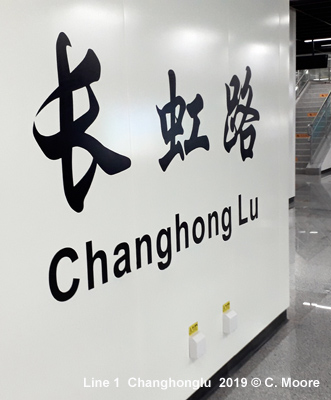
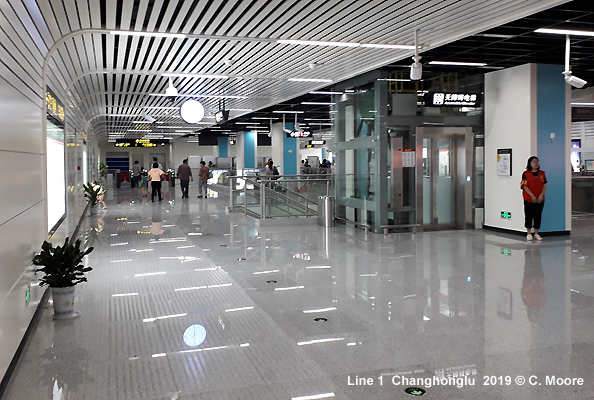
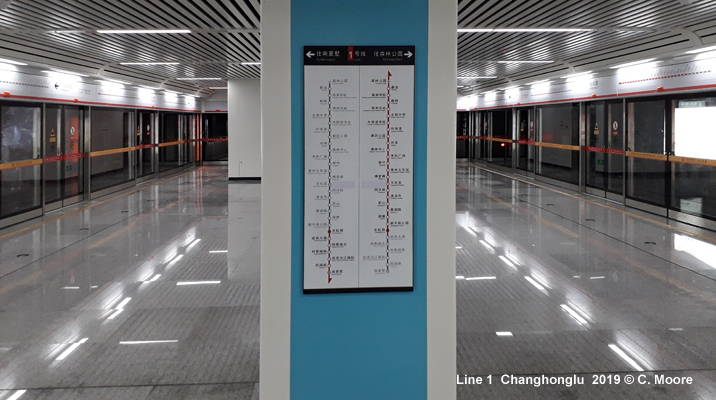
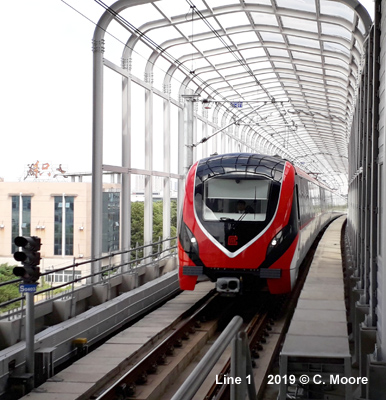
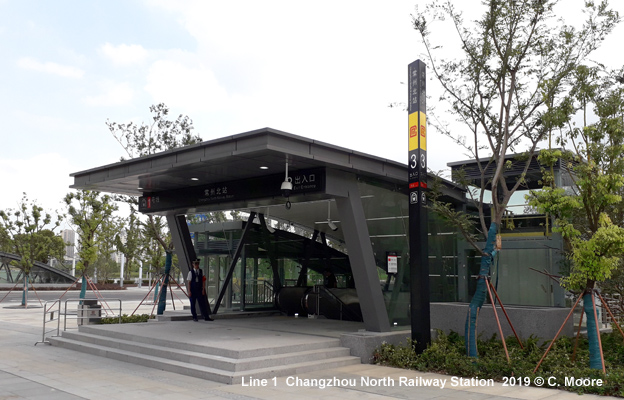
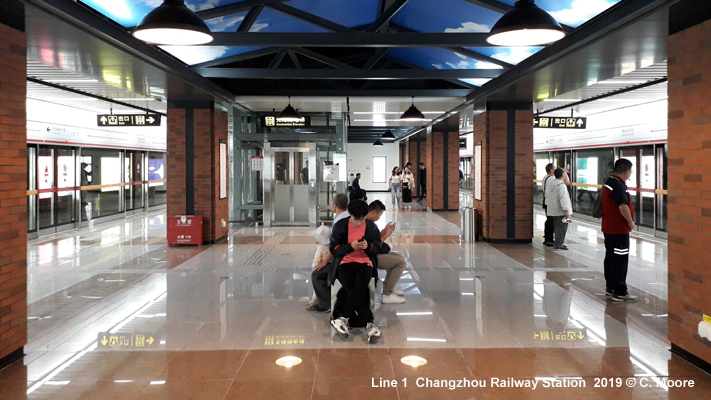
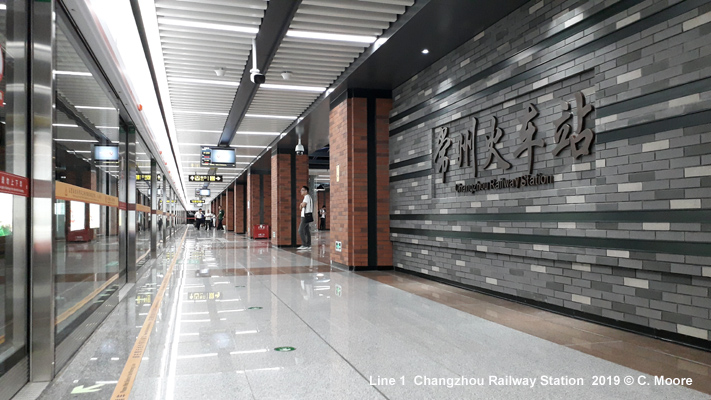
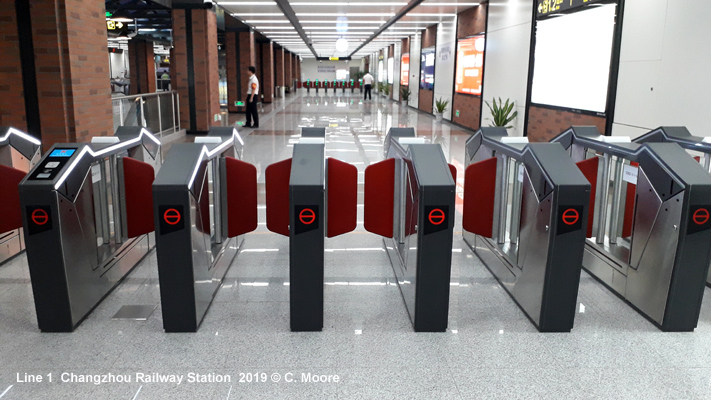
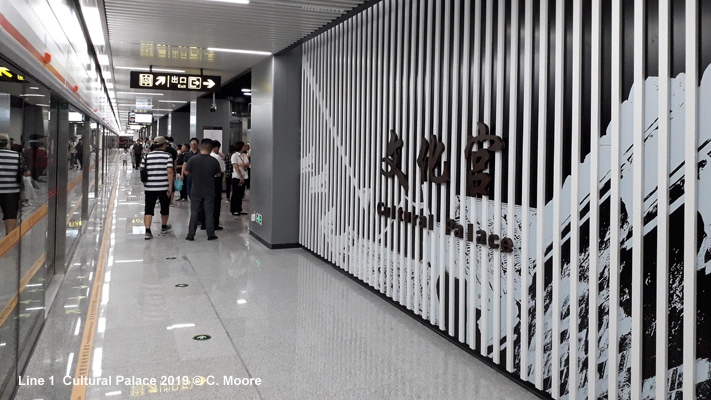
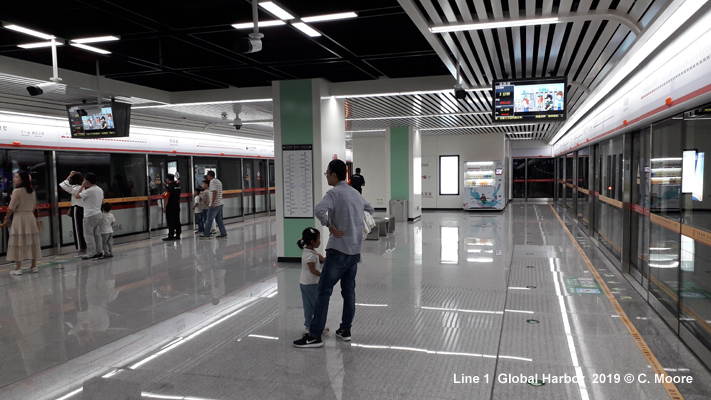
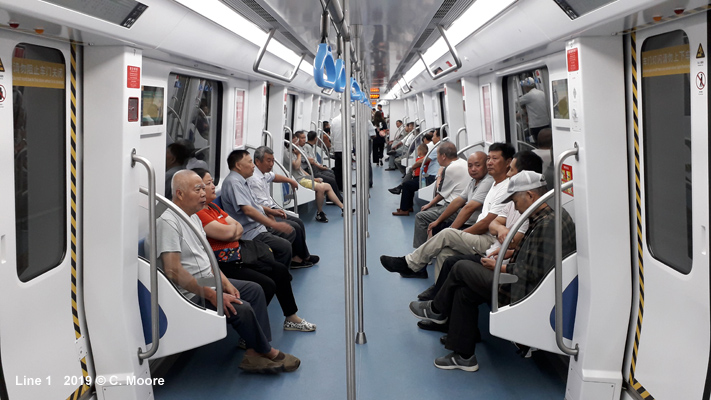
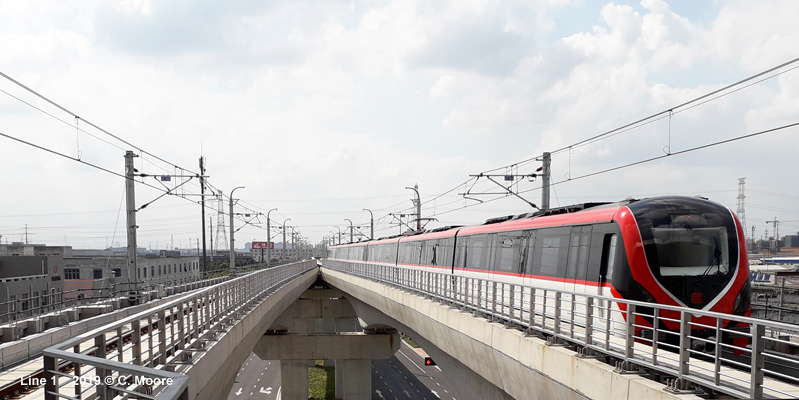
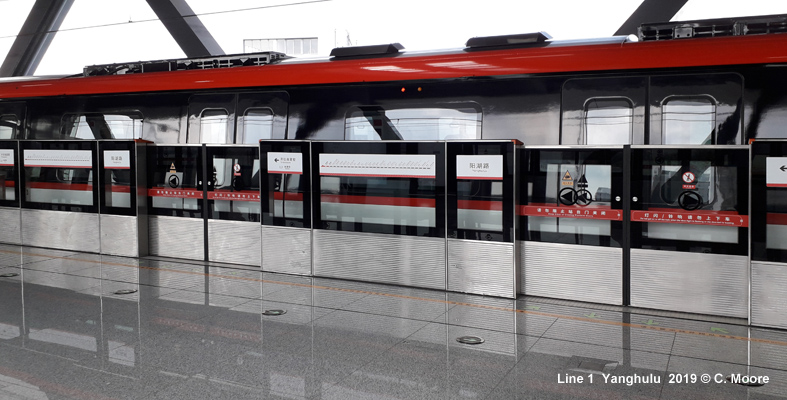
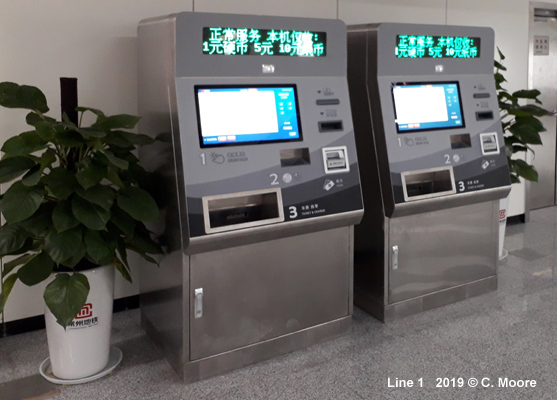 |
|
|
|
On opening day, 21 Sept 2019, Craig Moore reports from Changzhou: Changzhou is located in southern Jiangsu Province on the Yangtze Delta and lies on the main Beijing-Shanghai CRH line with services every few minutes to Shanghai (40min-1hr), Suzhou, Wuxi and Nanjing. The Metro opened in September 2019 as a single north-south line (Line 1) of 34.7km, running from the Xinlong area to Changzhou North Railway Station (CRH) and through the main commercial area (Citizens Sq to Chashan). This area has the busiest stations and also includes Changzhou Railway Station (ordinary/CRH). Travelling under the Grand Canal, the line then runs due south to South Xiashu and it is here in the south that the line has a 2.6km elevated section (two stations). There are 29 stations in total and services run from 0630-2200 with 7/8min base headways with the entire journey taking 59mins. Although gleaming new, this is quite a standard line. Station entrances are smart with totem and escalators/stairs to the mezzanine. This has a standard layout with very nice ticket machines (2-6 yuan) dispensing card-based tickets. The ticket gates are very stylish and there are information boards on walls and security sections, Customer Offices and racks with map/travel information. Staff are plentiful, dressed in smart blue uniforms and very helpful. Stairs and escalators take passengers to the ends of platforms and there is also a central lift. Platforms are in island form (Yanzheng Dadao has side platforms) and are again in standard Chinese form with full screens (red trim), strip map, skeletal system map, seating and RTI. Pillars have a green-blue trim and there are large calligraphic station names on stair walls. Despite this standard appearance, there are a few stations that offer differing wall and ceiling designs. Most prominent of these are the two rail stations, Chashan, Qingliang Temple and Cultural Palace (this will be the transfer station to Line 2 and has a larger mezzanine). The 6-carriage CRRC stock (overhead power supply) is pleasant with an exterior of red and white with broad black window band, and the front is streamlined and very smart. The interior is gleaming new, with blue side seating and the occasional hybrid schematic/geographic map (two per train). All information is in Mandarin/English and there is an interesting dynamic strip map above doors which scrolls through various progressions, including a unique meandering image of your location. The line is quite noisy and there are some long dwell times at central stations. On the short elevated section in the south the stations are in island form with interesting ceiling designs, half screens and nice views of the elevated section (with noise reduction tubing). Being only one line, the system is easy to navigate and wayfinding is of the typical high standard provided in China. There is hard copy information available at the moment in stylish fold-out form and in general it is a nice, new line, even though it is rather formulaic in places. It will be interesting to see how the system develops as it expands. |
2019 © Robert Schwandl (UrbanRail.Net)